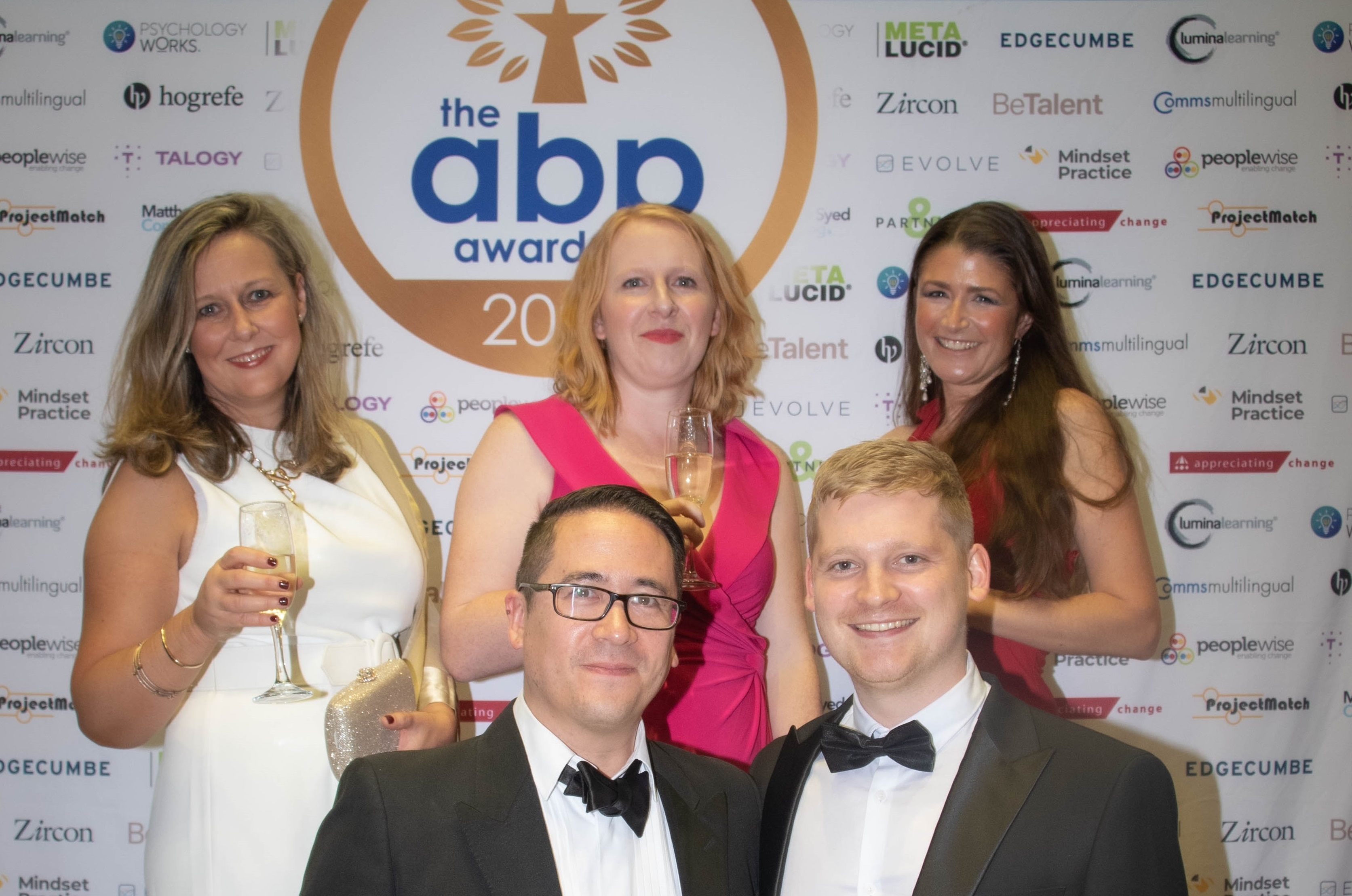In these modern times of super-fast communication and fast-changing business environments, the process of employee “onboarding”, incorporating new hires into an organisation, must, by necessity, adapt and move into the modern world. The need to attract the best talent and then retain people with the right attitude and appropriate skillset has become increasingly important, whether the employer is a large corporation or an SME.
Businesses always want to employ the best. But, doing this has become more complicated. Business is changing fast and with it, the demands of the workforce have become more demanding. Businesses, having to employ growing numbers of goal-focused, self-directed Generation Ys as well as tech-savvy, self-reliant Generation Zs, need to change, or at least fine-tune their way of welcoming and integrating new hires into their organisation as quickly and smoothly as possible.
So, how can organisations get the onboarding process right? How can they make it fair and trouble-free for both sides? And, how can they make onboarding a first step to building a loyal, committed, healthy and high-performing workforce?
Well, there is a way. It involves planning, honest internal communication and support from modern “tools”, which facilitate the process and make onboarding an integral part of building employee engagement and consequently, stronger teams. These tools include the use of surveys, one-to-one interviews and focus groups.
Steps to effective onboarding
The first step to effective onboarding is planning and project scoping. An organisation must ensure that the key messages about company values, expectations and behaviour are crystal clear. These must then find a prominent place in the first stage of welcoming someone on board. This can be done as part of the input of a formal orientation day or through a series of interactive workshops.
A crucial, second step in planning an onboarding programme is how the process will be communicated internally. Knowing exactly what happens in a formal orientation & onboarding process, and how this is linked to any ongoing training is vital. This will make the employee feel the organisation is well prepared to pave the way for you to make an immediate impact in your new role.
Going “live” and the benefits of implementing a well-executed onboarding flow are far-reaching. On a psychological level, it will show the new hire that the organisation cares about individuals and wants each recruit to fit in to the wider work context.
One-to-one interviews are a great starting point. Here, any questions or pressing concerns can be answered or addressed openly. From the organisation’s point of view, important insights from the new hire can be obtained and any niggling issues can be collaboratively worked on before they escalate.
Another useful tool in any onboarding programme is through the use of a new employee survey. Tailor-made surveys can gather really important information on a wide range of personal and work-related issues, from motivation indexes to preferred working styles; from team integration to all-important preferred leadership styles. Surveys also have the benefit of making new hires feel that their views are taken seriously. That the organisation seeks views on issues such as wellbeing, working conditions, team cohesion and internal processes, and this helps establish that sense of belonging new hire’s desire as we want to avoid them feeling like the ‘new kid at school’. In this way, well-constructed new hire surveys can actually kick off an engagement initiative.
Of course, employee engagement surveys themselves can be used to collect valuable insights into individual motivation and personal drivers. In terms of work “motivators”, the world is changing. New hires are motivated by different things: some by job autonomy, task variety and continuous training and development. They look for purpose in their work, inter-team collaboration as well as achieving mastery in what they do. They require respect and fairness; seek regular feedback and recognition; and expect support and coaching from their leaders. Organisations can discover these things through regular engagement surveys, and ideally, can look at differences in employee’s views by the length of time they have worked in the organisation. This will help to see whether new employees feel differently to long established employees and whether the onboarding process has been successful.
The next key component for making onboarding a success is by using follow-up interviews. After the initial stage of onboarding, organisations should then consider setting up follow-up, one-to-one interviews with new hires to consolidate working practices, fine-tune work objectives, and perhaps identify new training needs. This can be quickly converted into an updated individual development plan, thereby helping the individual to set smarter, achievable goals and maintain commitment.
Interviews can also open up further opportunities in new hire development. From the results of initial onboarding surveys and interviews, organisations may feel there is an immediate need for some on-the-job training, job shadowing, skills training, mentoring or even coaching. In dealing with more sensitive issues, using an external partner to conduct the interviews can enable the organisation to get an unbiased perspective and ensure neutrality. All these development tools can help to foster a strong sense that the organisation cares. That the organisation cares about its people. And importantly, its new people.
A final method of ensuring a smooth onboarding process is the use of focus groups. After gathering information from surveys, interviews and direct feedback, organisations can arrange meetings, based on selected, topical issues, where new hires can input their thoughts and offer recommendations. When they are well-facilitated, focus groups can lead to implementation of industry-wide best practice, highlight progressive ways of working as well as suggest innovative solutions to existing problems.
Get started with Primary Colours Surveys
It can sometimes be easy to see why some organisations completely ignore or dismiss onboarding of new staff as a necessary but unproductive exercise. But in our changing world, this would be a huge mistake. To attract and retain the best talent, forward-thinking organisations need to consider employee onboarding as an opportunity to bring committed and highly competent individuals into an established “community” and to find out more about these individuals to maximise their potential for future growth.
For help using and implementing surveys, interviews and focus groups in your organisation, please don’t hesitate to get in touch with us here at Primary Colours Surveys.



















